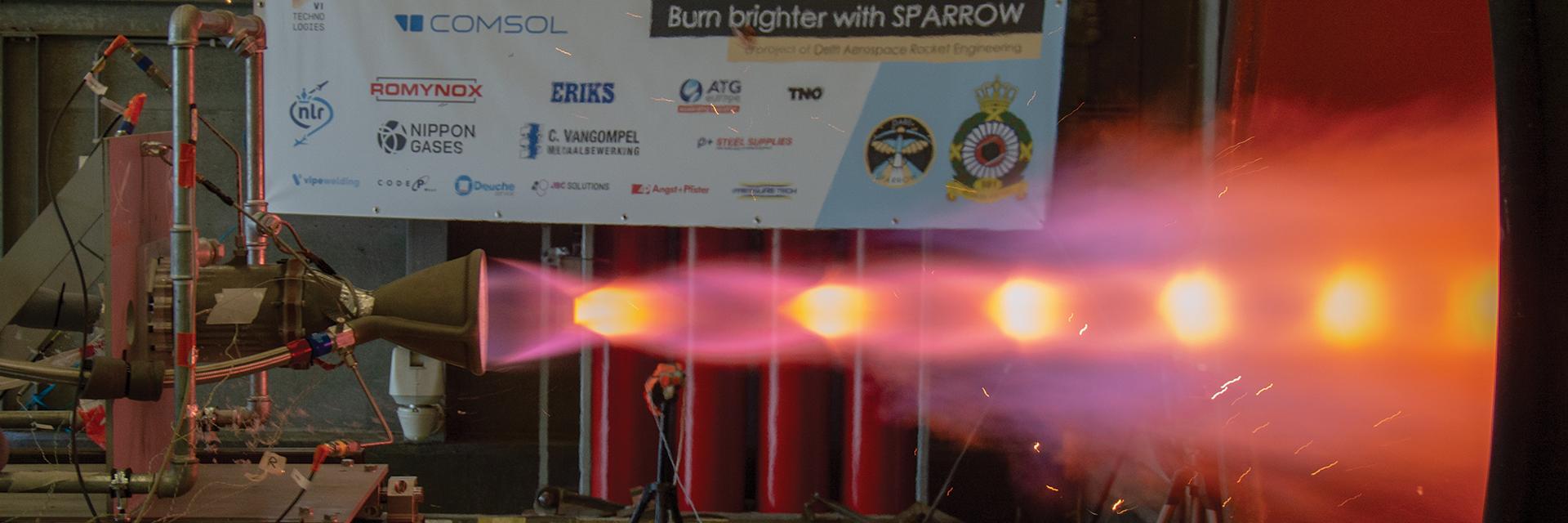CUSTOMER STORY
Hot Fire Testing the Firebolt: DARE’s 3D-Printed Rocket Engine
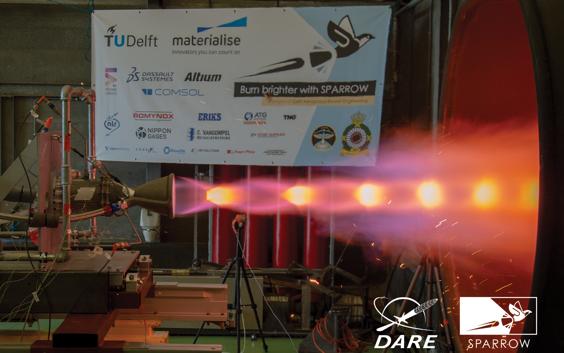
When we last spoke with the DARE team in early 2022, they were fresh off the back of testing their 3D-printed rocket engine. Designed for additive manufacturing with integrated cooling channels using highly resistant materials, it stood apart from their simpler models. However, results were mixed. Fast forward several months, and Project Sparrow has reached a triumphant conclusion, with three successful hot fire tests in the space of a single week.
For students at TU Delft, DARE is an incredible opportunity. As one of Europe’s most well-known student rocketry teams, it provides a first taste of design and engineering in the space sector. It’s one that Jan Grobusch, the former chief of Project Sparrow's propulsion department, and Floris van Kesteren, a full-time propulsion engineer for the team, are grateful for.
“Honestly, it’s really great. It’s definitely a journey. Towards the end, you definitely feel that you know what you’re doing versus the beginning, where you’re very much in the deep end,” Jan tells us. “But it’s also what you make of it. You’re not going to do this project unless you’re really, really motivated.”
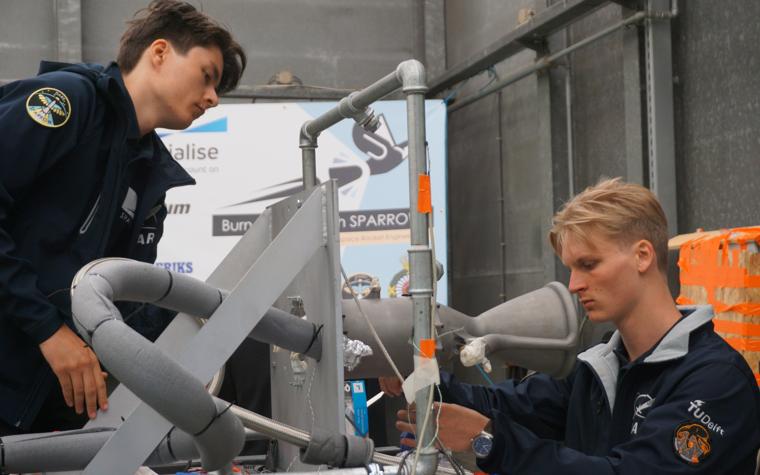

Proof of these words is not hard to find. When we last spoke with the DARE team, they had recently finished their first test of the Firebolt engine — a test that ended with a bit of a bang. In the following months, the team was hard at work finding out what went wrong and how they could fix it.
“I guess explosion is a good word for it,” Jan says as we discuss that first run. “We conducted a root cause analysis and found that our specific issue was with the injector manifold. It’s the last stop for your fuel and oxidizer before they enter the combustion chamber. So, you’ve got two highly volatile, highly reactive fluids in close proximity, and we think there was a leak from the ethanol to the liquid oxygen side. This allowed mixing, ignition on contact with the hot surface, and detonation within the manifold.”
The engine's core parts, including the all-important regenerative cooling system, were re-printed by Materialise in the incredibly tough and heat-resistant Inconel 718, and installed in the latest model. With a small change to the design of the manifold’s seal — the addition of an energized spring — the Firebolt was ready for another run. A first experiment, with the engine firing for 1.1 seconds on full combustion, proved to the team that they could run it without another failure occurring. Later tests would push it even further.
Testing the Firebolt
“We’re mainly looking at how the engine will behave over a long-duration hot fire,” explains Floris. “We wanted to know how our thermal models match up with what we actually see in the engine in terms of thermal performance. From the data we gathered earlier, we predicted that it would take about four seconds to reach a thermal steady state.”
This is where Project Sparrow’s 3D-printed engine stands apart from the team’s simpler models. With its integrated cooling channels, the Firebolt can dispel heat as quickly as it generates it. Without this intervention, thermal failure would be inevitable. Instead, the team is confident in stating that once the engine reaches a thermal steady state, they’re in the clear — their design is suitable for applications requiring longer burn times.
To confirm this, the DARE team ran three hot fire tests within a week, scaling their burn time from six-and-a-half seconds to 15. Here, they began to encounter new problems in need of solving.
“It was still a successful test, but we ran into the issue where our propellant tanks for the ground system were simply too small. Our pressurization system also struggled to keep up, so we performed a follow-up six-and-a-half-second hot fire to get another data set and compare it to the first. We immediately saw that it matched up really well.”
The team gathered its thermal data by measuring the temperature of the ethanol at two key points: at its inlet and where it completes its journey through the cooling channels to return to the injector. Through this method, they could evaluate how much energy the engine has put into the ethanol and estimate the thermal stresses placed upon the Firebolt.
“If you're working with additively manufactured copper, you have to be very, very careful. Because if you damage it, which is much more likely with these physical interfaces with bolts and whatnot, the entire piece is ruined. With Inconel 718, you don’t need to worry nearly as much about damaging the parts yourself.”
High praise for Inconel 718
“We conducted all the tests on the 3D-printed Firebolt at around 30 bar of chamber pressure,” Floris tells us. “Our results predict that the most critical parts of the engine would see around 1.4 times the yield strength of the Inconel, which is already quite a lot. And that's mainly because of the high thermal gradients we have, between the 3000° Kelvin hot gas inside the chamber, and then the relatively cool ethanol that's running through it.”
On top of these extreme temperatures, August’s final six-and-a-half second test saw a peak thrust of 9.73 kN, a mean thrust of 8.44 kN, and a corresponding chamber pressure of 27.5 bar. With its durability already noted during previous tests, it should come as no surprise that the parts printed in Inconel 718 were more than capable of withstanding these forces. Based on the team's visual examinations, the engine appears ready to fire again.
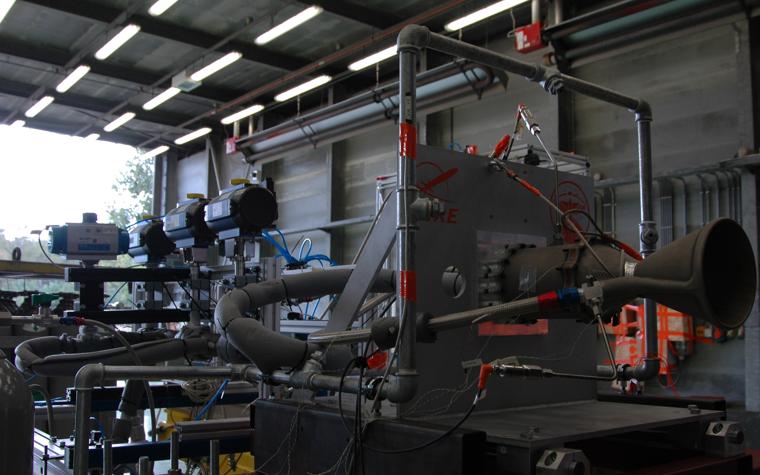

“In the near future, we’re planning a very powerful X-ray at KU Leuven to see if any micro cracks might have developed under the surface,” Floris continues. “But if all goes well, our calculations show that we could start it up and shut it down seven times before you start to get into a bit of a dangerous area in terms of metal fatigue. That is, of course, a bit of a pessimistic prediction because we have to be conservative at all times. The thermal data we have right now shows that since the engine remains so cool, we could probably start it up and shut it down quite a bit more than that.”
Alongside the effectiveness of the 3D-printed cooling channels, Inconel 718’s intrinsic heat resistance has clearly impressed Floris and the team.
“After the tests we've conducted, I think we're very confident in using Inconel 718 for this design. During our previous tests, we've seen it perform well and stay very cool under full-flow hot fire. Theoretically, you could still put your hands on the outside of the engine while it was running. Of course, it wouldn't be safe. You would never do it, but it would still be only 40° Celsius to the touch. It's just really amazing.”
For Jan, however, it is another characteristic that makes this material such a pleasure to work with, especially compared with other materials. Copper, for instance, is commonly used in the wider industry but has its drawbacks.
“If you're working with additively manufactured copper, you have to be very, very careful. Because if you damage it, which is much more likely with these physical interfaces with bolts and whatnot, the entire piece is ruined,” he explains. “With Inconel 718, you don’t need to worry nearly as much about damaging the parts yourself.”
A sustainable future for rocketry
With the Firebolt’s design and materials tried, tested, and approved, the big question for DARE is what comes next. Has this latest round of hot fires brought an end to Project Sparrow?
“Project Sparrow has succeeded in its original goal, we feel,” confirms Jan. “The Firebolt is now in a state where you could put it on a rocket. And while we're certainly going to continue testing and pushing the design, the main focus of the project now, or rather, of the new branded project, Stratos V, is to develop a rocket for the engine.”
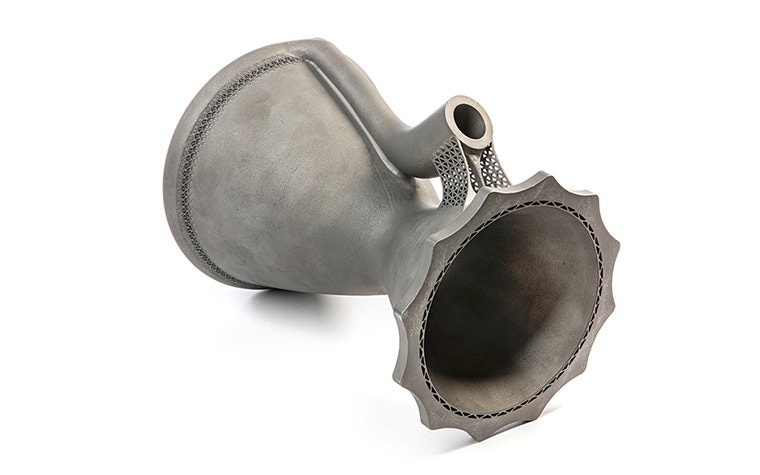

Interestingly, however, Project Sparrow’s success has helped to expand upon the team’s ultimate goal of simply launching a fully functional rocket. Now, they have an added focus on sustainability — ensuring they design one that will make it home. Inconel’s added strength and heat and wear resistance make it an important asset in working towards that dream.
“We’ve reused the Firebolt several times now. And we really see a broader story of reusability in the engine, which is something we want to expand to the rocket and the project as a whole,” Jan tells us. “So the next big step for Stratos V will be full recoverability, and eventually, reuse.”
“Yeah, because the engine is so valuable and works so well, it would be a shame to launch one time and then have to crash somewhere,” agrees Floris. “The same goes for the rocket. Ideally, you would reuse every part you can. That is the goal.”
Share on:
You might also like
Never miss a story like this. Get curated content delivered straight to your inbox.
